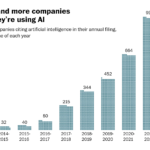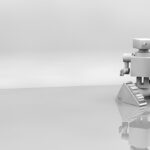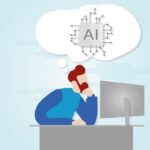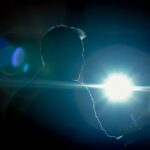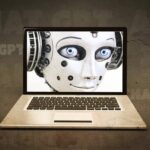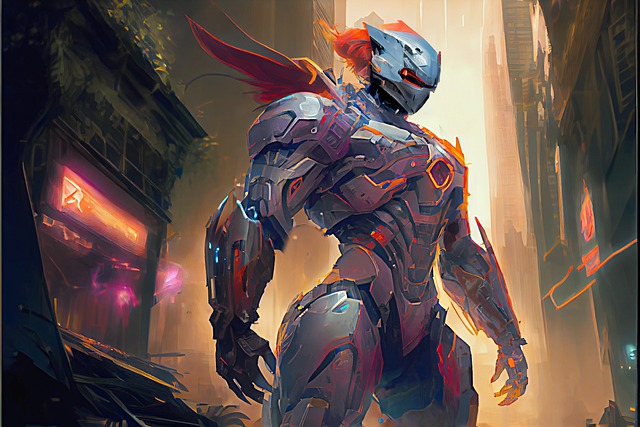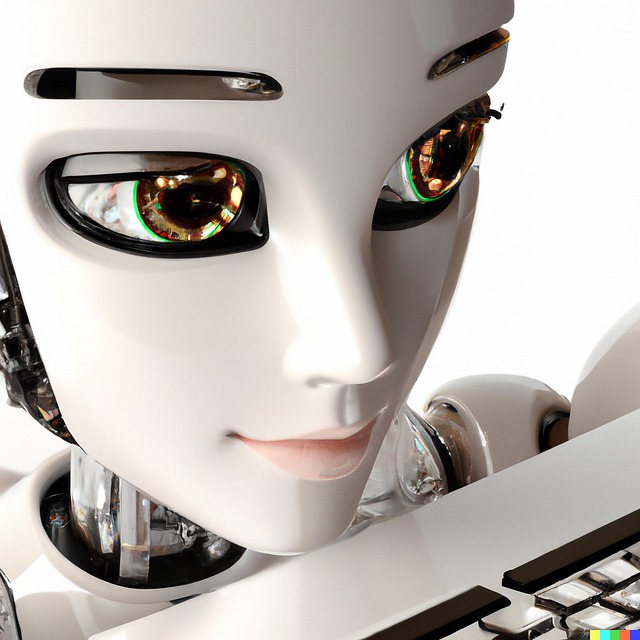In recent years, artificial intelligence (AI) has become increasingly intertwined with the creative arts, with new applications of AI technology being used to produce art, music, and literature. AI has been used to create art for decades, but recent advances in AI technology, including deep learning and natural language processing, have enabled more advanced forms of AI-generated art. AI-generated art has the potential to revolutionize the creative arts, allowing for the creation of unique works of art that could not have been created by humans alone.
One of the most popular applications of AI in art is the use of generative adversarial networks (GANs) to create new images. GANs are a type of AI system that use two neural networks to create new images. The first neural network, the generator, creates a new image, while the second neural network, the discriminator, evaluates the image and determines whether it is “real” or “fake.” This process of creating and evaluating images is repeated until the discriminator can no longer tell the difference between the generated image and a real image. GANs have been used to generate a variety of images, from landscapes to abstract art, and have been used to create artwork for commercial projects such as album covers and movie posters.
Another popular application of AI in art is the use of natural language processing (NLP) to generate text. NLP is a type of AI technology that enables computers to understand and process natural language, such as written text. AI-generated text can be used to create stories, poems, and other forms of literature. AI-generated text can also be used to create music, as AI-generated lyrics can be combined with musical compositions to create new songs.
In addition to GANs and NLP, AI can also be used to create art through computer vision. Computer vision is a type of AI technology that enables computers to recognize and understand images. AI-generated images can be used to create artwork for commercial projects, such as album covers and movie posters. AI-generated images can also be used to create art for personal projects, such as painting and drawing.
AI-generated art has the potential to revolutionize the creative arts, as it can be used to create unique works of art that could not have been created by humans alone. AI-generated art can also be used to explore new creative possibilities, as AI-generated art can be used to create art that is unlike anything that has been created before. Furthermore, AI-generated art can be used to create art that is more accessible to a wider audience, as AI-generated art can be created quickly and easily.
While AI-generated art has the potential to revolutionize the creative arts, there are some potential drawbacks to using AI-generated art. One potential drawback is that AI-generated art can be seen as “cheating,” as it does not require the same level of skill and creativity as art created by humans. Another potential drawback is that AI-generated art may lack the same emotional depth and complexity as art created by humans.
Despite these potential drawbacks, AI-generated art has the potential to revolutionize the creative arts, allowing for the creation of unique works of art that could not have been created by humans alone. AI-generated art can also be used to explore new creative possibilities and to create art that is more accessible to a wider audience. As AI technology continues to advance, AI-generated art will become increasingly sophisticated, allowing for the creation of even more unique and complex works of art.


